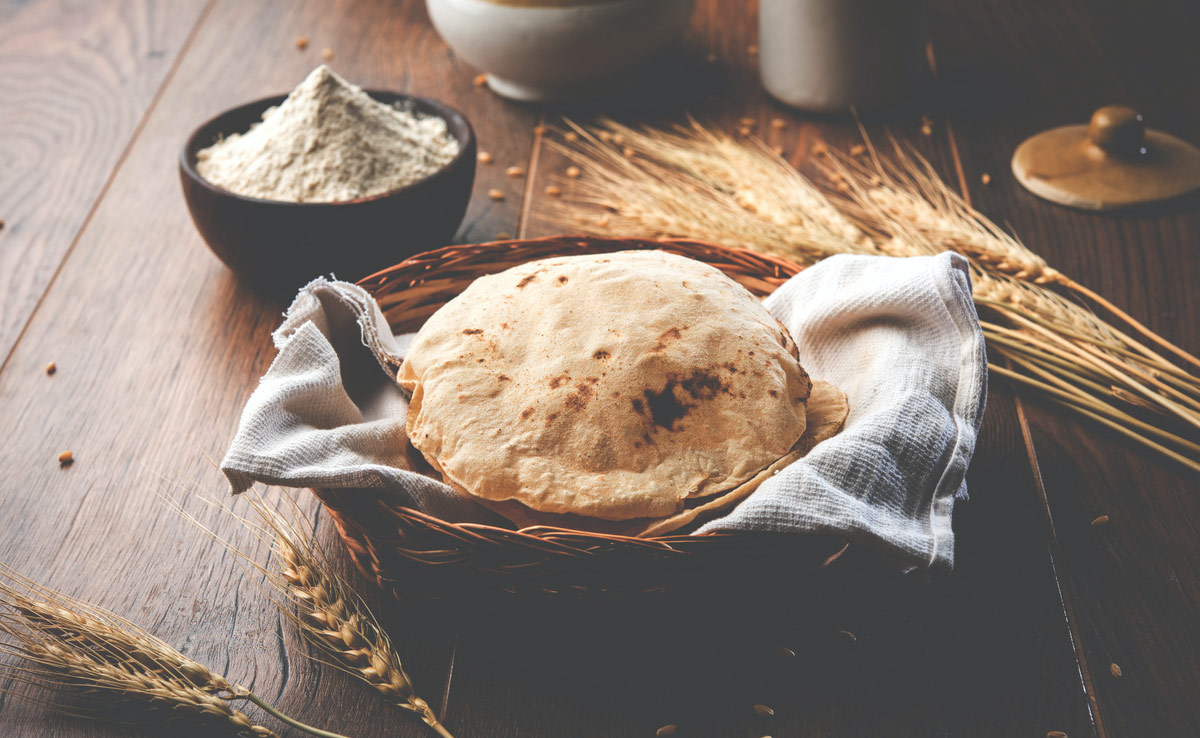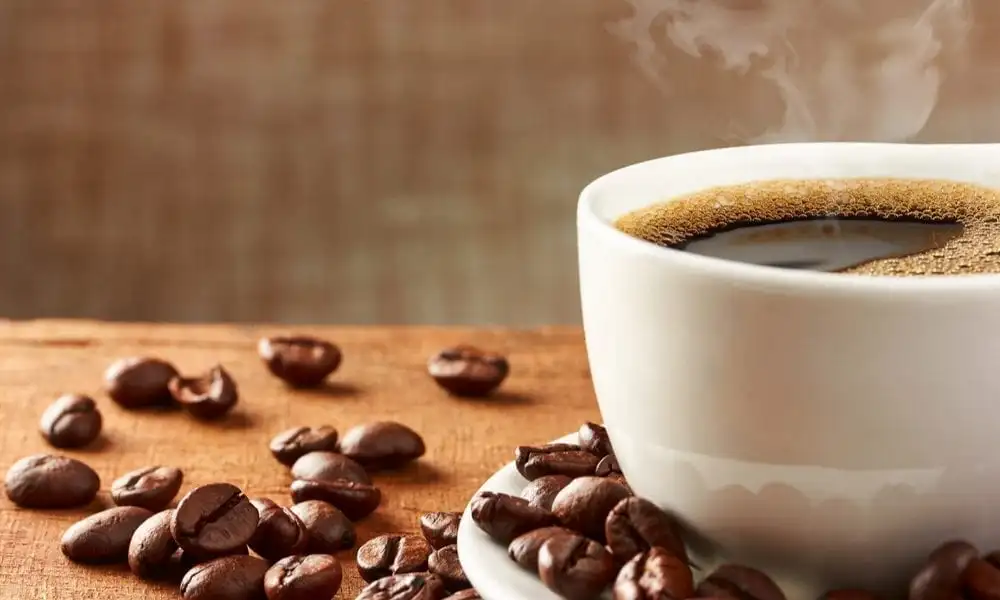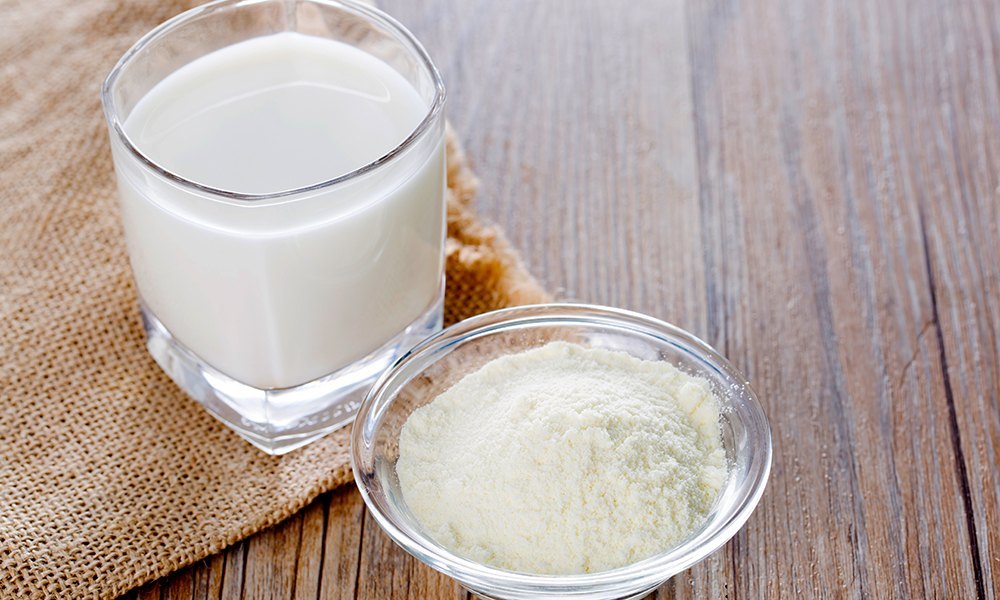Indian meals just wouldn’t feel the same without the comforting presence of warm chapatis and rotis. They’re a cornerstone in our homes, like a warm hug on a plate.
They soak up all the delicious flavors of our curries and daal, making every bite a symphony of taste. No matter how far we travel, a soft, fluffy roti with sabzi instantly transports us to that feeling of home, filling us with a deep sense of belonging and love.
Since the main ingredients for making these rotis are just flour/atta and water, it is important that we use the best atta for roti.
This blog will guide you through some of the top-notch nutritious flour options that will make you absolutely thrilled.
Table Of Contents
|
5 Healthy Atta Varieties For Your Rotis
The magic that a simple roti can create depends entirely on its foundation- which is atta. The atta that you choose can either elevate your roti to a fluffy masterpiece or just leave it as a pale imitation of the comfort food that it is meant to be.
With so many options available in the market today, it is easy to feel overwhelmed when choosing the best atta.
But fear not!
In India, where the perfect roti reigns supreme, we have a wealth of incredible healthy atta varieties to choose from. Each offers unique benefits, ensuring you get the most delicious and nutritious rotis possible.
Here, we’ll delve into the most common types, so you can craft rotis that are nothing short of delightful!
Emmer wheat, also known as Khapli atta, is a healthy atta option that can enhance your everyday meals.
- It’s packed with
- Protein
- Magnesium
- Iron
- Dietary fiber
- Its high fibre content helps regulate bowel movements, ward off constipation, and enhance overall digestion.
- It also promotes a sustained release of energy and prolonged satiety, keeping you feeling full for extended periods.
- Khapli wheat’s low glycemic index holds particular promise for individuals striving to manage blood sugar levels more effectively.
- Khapli wheat atta provides a solution for people who can’t eat gluten. It lets them enjoy grain-based foods without causing problems for their stomachs.
Rotis crafted from Khapli atta are not only incredibly soft and delicious but also gentle on the stomach, making them easy to digest.
Now that we know the various benefits of Khapli atta, let’s consider this next option.
-
Bajra Atta
Bajra, a member of the millet family, is a popular staple in Indian cuisine. Bajra flour can be utilized to make tasty, light, and nutritious chapatis, which also aid in weight loss.
- These chapatis are loaded with carbs, necessary amino acids, antioxidants, plus a bunch of vitamins and minerals such as thiamine, riboflavin, folic acid, niacin, beta-carotene, and zinc.
- Bajra is a super nutritious and easily digestible grain. It can be an excellent option for individuals allergic to gluten or those with Celiac disease.
While Bajra atta is a wonderful option, one can opt for besan atta too. Let’s find out why.
-
Besan Atta
Besan flour, also called chickpea flour, serves as an excellent substitute for refined wheat flour.
- It’s lower in calories, packed with protein and fiber, and shares similar culinary characteristics with wheat flour.
- It’s ideal for individuals with celiac disease, gluten intolerance, or wheat allergy.
- Additionally, it aids in stabilizing blood sugar levels, making it beneficial for managing diabetes.
The next healthy atta option on the list is Jowar atta.
-
Jowar Atta
Jowar, also known as Sorghum, is an ancient grain from India. It is loaded with essential nutrients.
- It is packed with protein, carbs, and dietary fiber, supporting growth and development.
- Incorporating jowar into your diet alongside other whole grains can help regulate blood sugar levels and aid in weight loss.
- Plus, it’s rich in calcium, iron, phosphorus, potassium, and sodium, which are all beneficial for bone health.
- Jowar also brims with vitamins like thiamine, niacin, folate, and riboflavin, which boost immunity and promote heart health.
It’s one of the best atta options that you can choose for making healthy rotis for you and your family.
Now let’s look at this one!
-
Ragi Atta
Ragi flour, derived from ground finger millet (known as Ragi), is a powerhouse of essential nutrients that you should incorporate into your diet.
- It’s packed with dietary fiber, proteins, potassium, and carbohydrates.
- Additionally, Ragi flour serves as an excellent source of minerals such as calcium and iron, along with vitamins like riboflavin and thiamine.
- Embracing Ragi flour in your diet offers numerous benefits, including improved digestion, lowered risk of heart disease, slowed aging, and better management of diabetes.
Procedure For Making Fluffy Rotis
Ingredients required:
- 2 cups of your preferred flour
- Water
- 1/2 teaspoon salt (if desired)
- 1 teaspoon oil or desi ghee for the dough
- Oil or ghee for brushing the chapatis
- Extra flour for rolling out the dough
How to make:
- Start by adding two cups of any healthy atta into a mixing bowl. Optionally, add half a teaspoon of salt to the flour and mix everything thoroughly.
- Begin kneading the dough by gradually adding water until you achieve a smooth and pliable consistency.
Note: Kneading well is key to making soft rotis.
- Once the dough is ready, let it rest for 15 to 20 minutes, covering it with either a cotton cloth or plastic wrap.
- Next, divide the dough into small balls and roll them out using a rolling pin. To prevent sticking, sprinkle a little flour onto the rolling board or ‘chakla’. Roll out each ball into a circular shape, applying equal pressure on all sides.
- Now, heat a tawa over medium-high heat and place one onto the hot tawa. Cook it for a few seconds until bubbles start forming on the surface. Then, gently press the edges with a cotton cloth and flip the roti over.
- Repeat the process for the other side.
- After flipping, apply some oil or ghee onto the roti and press it lightly with a spatula to help it puff up. Once both sides are cooked and lightly browned, remove the chapati from the tawa.
- Serve it fresh with some tasty sabzi or curry, or just store it in a container for later consumption.
How To Choose The Best Atta For Your Rotis
If you’re in the market for the perfect flour for your rotis here’s how to ensure you make the right choice.
- It’s vital to opt for whole wheat flour without any additives like maida. Look for atta that’s 100% whole wheat, ideally stone ground using the traditional chakki method. For top-notch quality and authenticity, look for brands like Two Brothers, who take pride in sourcing and processing their atta with care, ensuring you get the best.
- We all have different needs. If someone in your family has special dietary concerns, like gluten intolerance or diabetes, there are healthy atta options out there to cater to them. Don’t let rotis become off-limits. Find the perfect flour that nourishes everyone.
- The best atta has a beautiful, warm color, not a bleached white. Give it a touch – it should feel slightly coarse and not powdery fine. These are signs of quality that translate into delicious rotis with a perfect texture.
With these tips, you’ll be well on your way to becoming a roti-making champion, bringing joy and nourishment to your family with every fluffy bite.
FAQs: The Ultimate Guide to Selecting the Best Atta for Nutritious Rotis
What type of flour is healthiest?
The healthiest flour choice varies depending on personal dietary needs and preferences. Whole wheat flour, multigrain flour, or specialty flours enriched with additional nutrients can all be beneficial options.
Is it okay to consume atta every day?
Absolutely. Crafted from whole wheat, atta is nutritious and can be paired with a variety of dishes, including curries, dry vegetables, dals, and meats. It boasts a wide range of health benefits and is packed with essential nutrients.
What’s the best method for storing flour to maintain its freshness?
To preserve your flour for an extended period, it’s crucial to store it in an airtight container in a cool, dark area. Placing your flour in the freezer can further extend its freshness.
Conclusion
The magic of a chapati isn’t only in its warmth, it’s also in the atta you choose.
We know you crave the perfect chapati, one that brings a smile with every fluffy bite. We hope this blog has guided you on your quest for the best atta for your family’s health and happiness.
Freshly made hot chapatis are always a hit! So, why wait? If you’re eager to explore the best atta for roti, be sure to visit Two Brothers Organic Farms for a variety of options.







